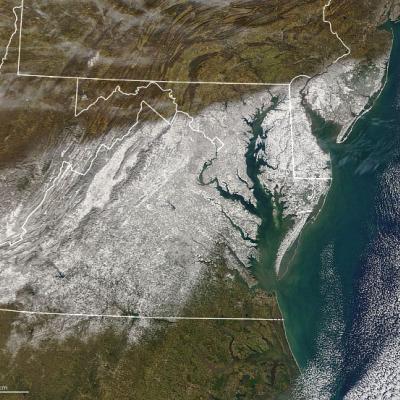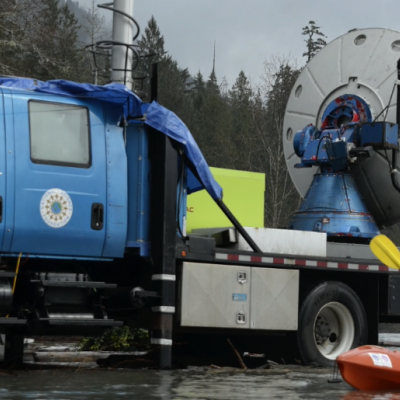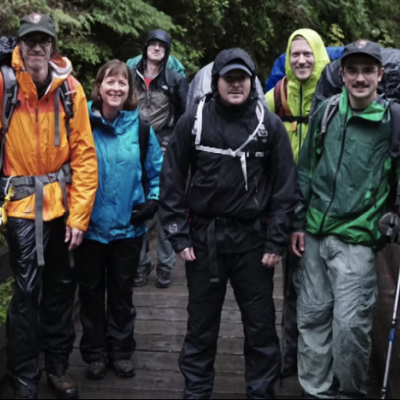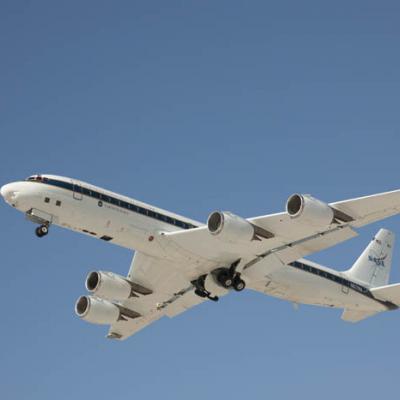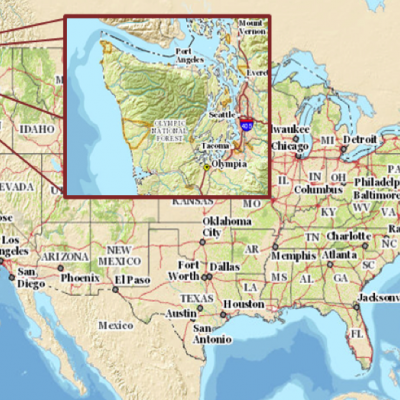OLYMPEX Successfully Grabs the Rains
NASA is finishing its campaign to study extreme rain, snow and winds of the Olympic National Forest. Scientists Walt Petersen of NASA Marshall and Robert Houze of the University of Washington narrate this inside look at the Olympic Mountain Experiment (OLYMPEX) field campaign. During the campaign, NASA and its partners gathered precipitation data through both ground and airborne instruments around the Olympic Peninsula in Washington State. They measured the abundance and variety of precipitation including light rain, heavy thunderstorms, and snowfall in the coastal forest.


